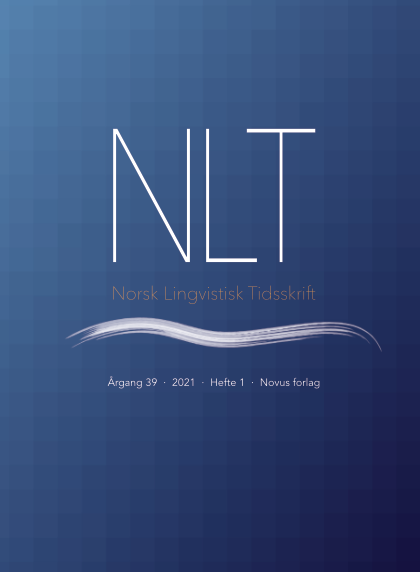Sammendrag
The study investigates the development of definiteness in two groups of Russian-speaking learners of Swedish, one beginner group and one more advanced group. While Russian does not have articles, Swedish expresses definiteness through a complex noun-phrase (NP) structure. Using an oral elicitation task, the study examines the learners' ability to produce morphemes that encode (in)definiteness, their ability to accurately choose between indefinite and definite forms, and the relationship between these two abilities. Findings include that the complex NP structure emerged gradually while there was no evident development with regard to meaning. Initially, however, learners who used the morphemes more also tended to overuse them, while later in development those who produced many morphemes were also more likely to use them accurately. The paper thus demonstrates that the acquisition of a morphosyntactic form and the association of this form with its meaning are two separate processes to some extent.

Dette verket er lisensiert under Creative Commons Attribution-ShareAlike 4.0 International License.
Opphavsrett 2021 Anders Agebjörn

